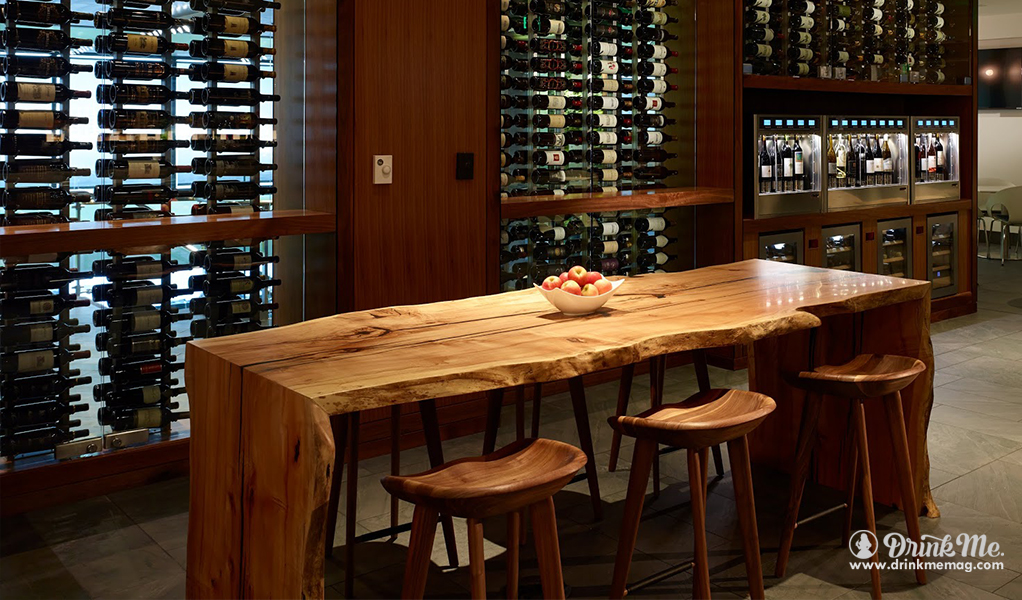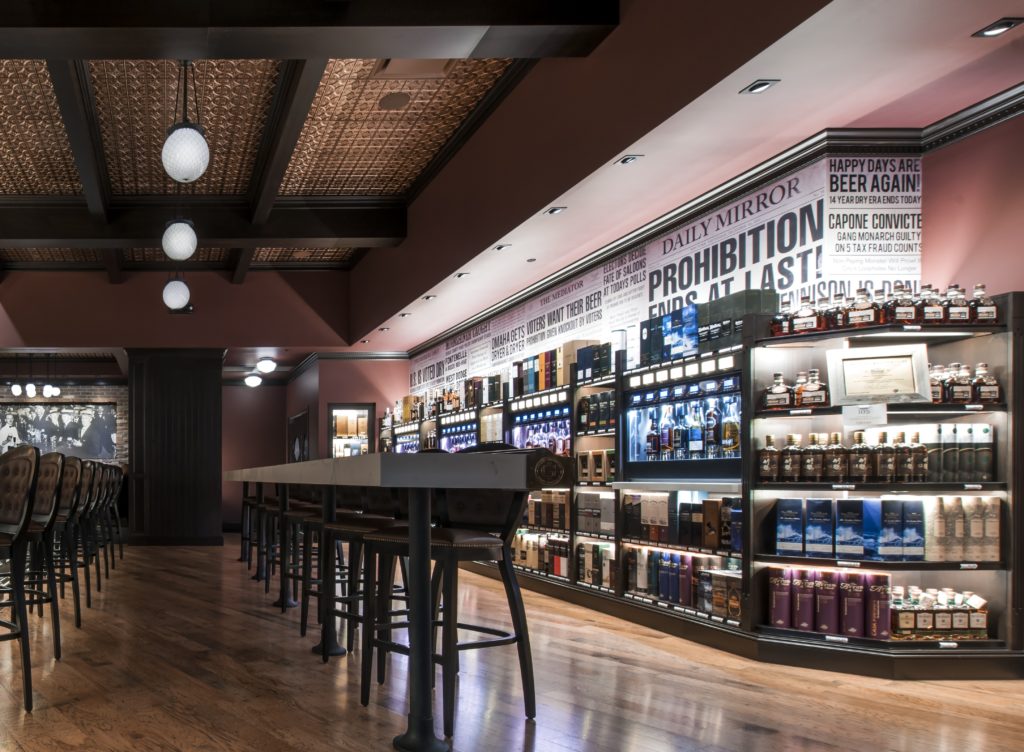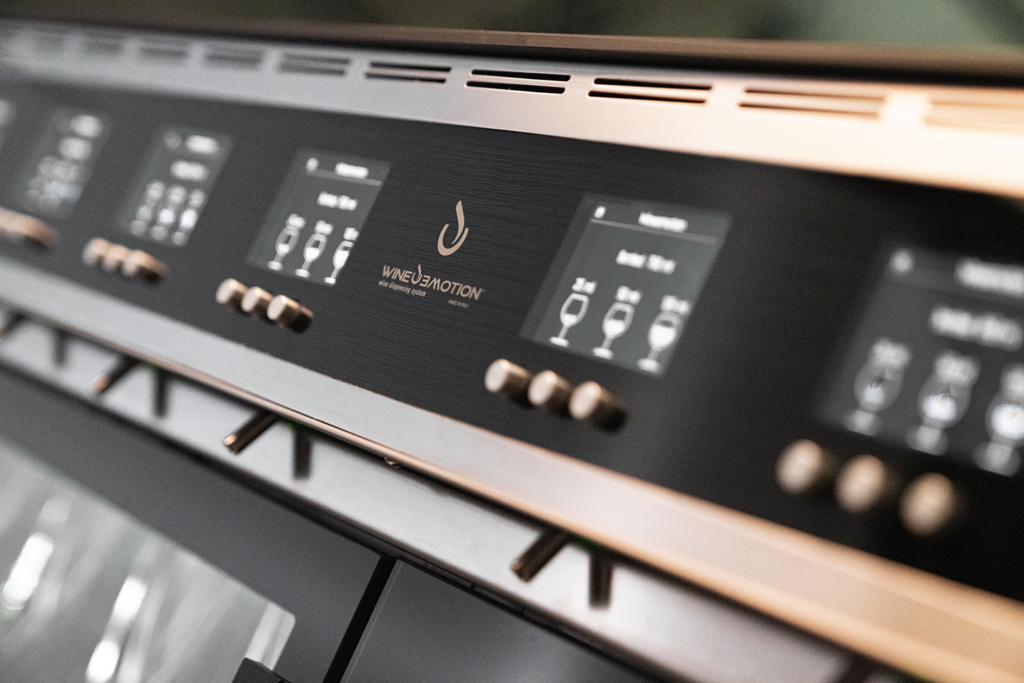Ever popped open a bottle of wine, only to find it sour and unpalatable the next day? You're not alone. This frustrating experience often comes down to one crucial factor: not mastering wine preservation.
Mastering wine preservation is like unlocking a secret level in the game of oenophilia - once you get it right, every sip becomes more rewarding. But how does oxygen play havoc with your Merlot? What's the real art behind re-corking or using modern techniques like vacuum systems?
In this journey into viniculture, we'll demystify these concepts and more. From traditional methods to innovative technologies, we will unravel strategies for different types of wines and tips on enhancing your tasting experiences at home.
Who knows, you might stumble upon the ideal match for your beloved Cabernet Sauvignon! Let's start this journey!

The various preservation terms aren't just fancy terms used by sommeliers and wine enthusiasts. It's an actual science that can make or break the taste of your favorite bottle. The key player here? Oxygen.
When you open a bottle of wine, oxygen rushes in to fill the vacuum created. Now, while some amount of oxygen is beneficial for enhancing the flavors within the wine (a process called 'breathing'), too much can start a chain reaction leading to oxidation - basically spoiling it.
In simpler terms, think about leaving an apple slice out on your counter. Over time, it turns brown due to exposure to air - this is essentially what happens when your precious Cabernet Sauvignon gets overexposed as well.

This fundamental understanding forms one pillar in mastering wine preservation and makes us realize why using commercial wine preservation systems is crucial for restaurants or bars with extensive selections. But even at home, knowing how oxygen interacts with our vino helps ensure we don't pour money down the drain along with spoiled leftovers from yesterday’s dinner party.
Beyond mere spoilage though, let’s dive deeper into how oxygen influences maturation – which shapes everything from aroma complexity right through to mouthfeel balance.
Oxidative maturation relies heavily on controlled interaction between wines and tiny amounts of air (think barrel aging). This carefully orchestrated dance results in flavor evolution creating beautifully matured wines bursting with nuanced character rather than tasting flat like old fruit juice left out overnight.
Now imagine having control over these variables within every opened bottle. That's the beauty of advanced preservation systems – they give us that control.
By understanding and controlling oxygen's role in both spoilage and maturation, we can truly begin mastering wine preservation - getting more from every bottle while minimizing waste.
Mastering wine preservation isn't just for the pros, it's about understanding and controlling oxygen. Too much can spoil your favorite bottle, but just enough enhances flavors and matures wines beautifully. Advanced preservation systems let us control these variables - giving more from every bottle while reducing waste.

Preserving the essence and taste of wine is a science as old as winemaking itself. Among traditional methods, re-corking and refrigeration stand out for their simplicity and effectiveness.
You might think popping the cork back into an opened bottle is enough to preserve it. However, there is a technique to it. To extend its shelf life by another day or so, you need to make sure that no air gets inside.
Re-corking should be done immediately after pouring your glassfuls. It helps prevent oxygen from reacting with wine components which can lead to degradation in quality over time. While this method doesn't promise long-term preservation like some modern systems do, if done right, you get one more night to enjoy your favorite Cabernet Sauvignon or Chardonnay without any notable changes in flavor.
If you're dealing specifically with white wines, maintaining cool temperatures can be beneficial for preserving freshness post-uncorking – a simple yet effective approach dating back centuries before we had access to fancy tech-based solutions.
A refrigerator keeps wine at around 45-50 degrees Fahrenheit (7-10 degrees Celsius), slowing down oxidation considerably compared to room-temperature storage. According to Wine Spectator, this method will give most whites about three days until they start losing character - though every extra hour counts when it comes down to preserving those fruity aromas.
Another traditional method worth mentioning is oak barrel aging. While not exactly a preservation method in the modern sense, it was used by our ancestors as an integral part of winemaking that indirectly helped preserve wine.
Oak barrels enable a controlled interaction between wine and oxygen, enhancing its flavor profile and complexity. This process of oxidation helps stabilize the wine after bottling, showcasing our progress in preserving and improving wines.
Mastering wine preservation can be as simple as re-corking the bottle right after pouring your glass, keeping white wines in cool temperatures like a fridge to slow oxidation, and even using traditional oak barrel aging. These methods may not promise long-term storage but done correctly, they let you savor every drop of your favorite vino without losing its character.

The wine industry is constantly changing, and this includes advancements in methods for preserving wines. Let's delve into some contemporary techniques that have transformed the way we maintain the freshness of our wines.
A vacuum system works by sucking out the oxygen from an opened bottle of wine. It helps extend your wine's character for about 72 hours according to most experts. However, don't rely on this method for long-term preservation as it might not be effective in keeping those delightful flavors intact over time.
Moving beyond vacuum systems, another innovative approach is using a blanket system. This technique replaces the oxygen in contact with the wine with a layer of gas - usually nitrogen or argon - effectively creating an invisible shield against oxidation. As such, you can preserve your favorite vintage without worrying about its freshness fading away anytime soon.
When it comes to preserving wine, understanding the unique needs of different types can make all the difference. The techniques used for red wine preservation may not work as effectively on white wines.
The key is in the grape type and how that affects aging and preservation. For example, let's take a look at two popular varieties: CMS White and CMS Red. These varietals represent nearly 50 kinds of grapes each with their own distinct characteristics.
In terms of red wine preservation, robust varietals like Cabernet Sauvignon or Merlot benefit from exposure to small amounts of oxygen after opening. This process known as 'aeration' helps soften tannins and enhances flavor complexity.
To maintain these flavors over time, you need a reliable system capable of limiting further air contact once your bottle has been uncorked – this is where commercial-grade solutions like Wineemotion USA come into play.
White wine preservation, however, calls for a slightly different approach due to its lighter body and higher acidity levels compared to reds. Limiting oxygen exposure becomes even more critical because excessive oxidation can rapidly deteriorate freshness leading to unappealing nutty flavors sooner than expected.
An effective way to keep whites crisp long past their initial pour involves storing them under cooler temperatures while using specialized gas-based systems designed specifically for preserving delicate profiles such as Chardonnay or Riesling without altering their natural balance.
The influence grape variety holds over suitable storage conditions doesn't stop there though. Even within specific categories (like reds), certain types demand special attention - Pinot Noir, for instance, tends to be more sensitive towards temperature fluctuations compared to most other reds.
Figuring out these subtleties gives you the ability to adjust your storage approaches and get the best possible experience from each bottle. As always though, keep in mind that personal preference should guide final decisions when it comes down to how long a particular wine should be kept open.
So, really nailing down the skill of keeping things fresh is what it's all about.
Getting the hang of wine preservation means knowing what each type needs. Reds love a bit of air, but too much? Not so good. That's where solutions like Wineemotion USA come in handy. Whites are trickier - they're more acidic and lighter, so you gotta keep 'em cool and use gas-based systems to keep them fresh.
The enchantment of wine doesn't simply originate from its flavor but additionally how it changes with time. Proper preservation is key to enhancing the tasting experience and keeping your wines at their peak for longer.
When you take a sip of properly preserved wine, you get more than just flavor - you embark on an epicurean journey. The flavors and aromas are intact and ready to complement your food perfectly.
If a bottle has been open for some time without proper preservation methods applied, oxidation starts affecting the quality. This can dull the flavor profile, which in turn diminishes its ability to pair well with food.
A high-quality wine pairing not only enhances each mouthful but creates an entirely new layer of gastronomic delight. And that's why preserving opened bottles correctly is crucial if we want our wines and meals to dance together harmoniously.
You don't need a fancy cellar or expensive equipment to keep your wine fresh after opening; simple steps will do wonders.
Incorporating these steps into your wine-loving routine will enhance the tasting experience and give you more freedom to explore different pairings without worrying about finishing the bottle in one sitting. Remember, preserving opened bottles isn't just for fancy restaurants or connoisseurs - it's an essential part of enjoying good wine at home too.
Preserving wine is essential to keep its flavor profile intact and enhance your tasting experience. By corking right, serving wisely, storing in the fridge, and consuming soon after opening, you can savor the gastronomic delight of a perfect pairing. Remember: good preservation isn't just for connoisseurs - it's key to enjoying great wine at home.
As a wine enthusiast, mastering the art of preserving your collection is essential to ensuring its flavor and integrity. Proper preservation helps maintain the integrity and flavor of each bottle in your collection.
You might ask why mastering wine preservation matters. Well, for starters, it prevents wastage. Plus, there's nothing quite like savoring a perfectly preserved vintage after weeks or even months.
The key is understanding that different types of wine require different care. From storage temperature to exposure to light - everything counts. To get this right requires practice and knowledge about various techniques involved.
Picking up useful accessories can be one way to ensure the longevity of your beloved vintages. One such accessory worth investing in is the Rabbit Stopper. It not only aids in preventing air from entering but also keeps any leftover wine fresh longer.
Beyond tools though, knowing how to handle open bottles can significantly impact their lifespan. For instance, re-corking immediately after use minimizes oxygen contact thus maintaining taste profiles intact.
Avoid storing wines upright as sediments settle at the bottom affecting overall quality over time. Instead lay them on their sides with labels facing upwards – easy identification without disturbing their slumber.
No matter what method you employ or the accessory you use for preserving opened bottles always remember – keeping conditions constant is key. So no moving around frequently or sudden changes in temperature if possible.
If you have a deep love for wines, becoming skilled in preservation is not just an extra talent; it's absolutely essential. The aforementioned tips can assist in guaranteeing that each bottle from your collection continues to bring joy to your taste buds for as long as possible.
And remember, while there are general guidelines, each wine type might need slightly different care. So be ready to experiment and learn along the way. After all, isn't exploration what makes being a wine enthusiast so exciting?
Embrace the delight.
If you're a wine lover, getting the hang of keeping your precious collection in shape is crucial. It's more than avoiding waste; it's also about making sure every bottle keeps its distinct taste and quality for longer. Different wines call for different care - right from the perfect storage temperature to controlling light exposure. Handy tools like Rabbit Stopper can be a lifesaver when you want to keep leftover wine fresh, and knowing how to handle open bottles properly is equally important.
Absolutely. Wine preservation systems maintain your vino's taste and aroma, giving you a better-tasting experience while reducing waste.
The goal is to limit oxygen exposure. Techniques range from re-corking and refrigeration to using modern tools like vacuum or gas blanket systems.
A wine master manages all aspects of winemaking - from grape cultivation to fermentation, aging, blending, and bottling processes.
The gas blanket replaces oxygen in contact with the opened bottle of wine, preventing oxidation and preserving its quality over time.
So, you've journeyed through the world of wine preservation with us. Bet you're eager to put that newfound knowledge into action!
We delved into the science behind it all - how oxygen plays a critical role in affecting your wine's taste and quality.
You now understand traditional methods like re-corking and refrigeration and become acquainted with modern marvels such as vacuum systems, gas blankets, and even the revolutionary Wineemotion preservation systems.
Beyond this, we shed light on preserving different types of wines based on their grape variety and aging process. You discovered how proper preservation can elevate your tasting experience – yes! Even those at-home pairings can turn magical.
In essence: Mastering Wine Preservation isn't just about saving your favorite Merlot from spoiling but unlocking its true potential every time you pop open a bottle!